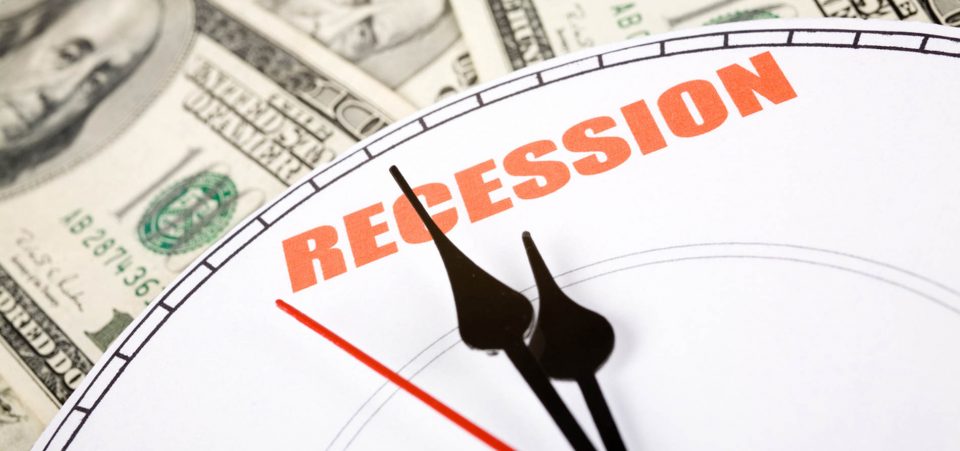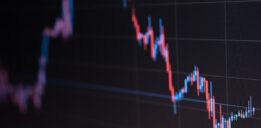Will U.S. Economy Enter into Recession in Two Years?
The risk of a U.S. recession is likely in the next two years. Joachim Fels, managing director and global economic advisor at the Pacific Investment Management Company, LLC (NYSE:PHK), also known as PIMCO, warns that the next U.S. recession is due shortly. He expects the so-called economic recovery, resulting from fiscal and monetary policies, to end by 2020.
The next recession is imminent because of hopes that President Donald Trump’s economic policies will not work. Or rather, they won’t have a chance to work. The polices were intended to favor actual economic growth rather than financial growth and have a heavy inflationary impact. But so far, the only evidence of inflation is its “expectation,” and that’s what the Federal Reserve is using to prematurely raise interest rates.
Part of the reason for this was the intense rodeo bull ride in the U.S. markets. While some may have enjoyed it, profiting handsomely, others realized that the expectations behind it were undoubtedly too high. The tax reduction program, for starters, will certainly be less important than expected.
Also Read:
The Upcoming Economic Recession in 2017 Has Already Begun
U.S. Recession in 2017: 69% of Americans Have $1,000 or Less in Bank
PIMCO Has Always Been Cautious of the “Trump Rally”
Indeed, since the election of President Trump, PIMCO has always been cautious about his ability to implement his program. Thus PIMCO followers should not have been surprised to see expectations revised downwards. As for Trump’s optimistic GDP growth expectations, the three-percent figure will have to be revised downward as well.
Therefore, many analysts are surprised that the Fed continues to pursue its tightening monetary normalization program. Although it is true that the inflation figures need to be closely monitored, so far the sensation from the “ground” is that neither the price of goods nor average salaries have increased noticeably. What has increased, though, is debt. But declining auto sales in particular can function as U.S. recession charts or barometers, as seen below:
Meanwhile, the overheated stock markets may also trigger the next recession. Stocks seem overvalued on Wall Street. The markets do not appear to have absorbed this change in monetary policy of the Fed. Is not that problematic? Yes, because now investors will become proportionately nervous at every Federal Reserve rate announcement.
The Fed has so far realized the rate hikes it has announced. What is more problematic is the Fed’s long-term forecasts, which might be just a bit optimistic. The Fed should force itself to reexamine its inflation and growth expectations. The major shortcoming of these long-term forecasts is that they often reflect what actors hope for rather than the actual tale they reveal.
But what is a recession and what are the causes of a recession? A recession occurs when a series of indicators–in the case of the United States, there are four in particular–have reached a peak level from which the only way to go is down. Generally, recession means that all growth factors in an economy are exhausted and it has no more room to grow. Therefore, it can only shrink.
In the United States, the body responsible for declaring whether or not a recession is about to happen is the National Bureau of Economic Research. Although the variables used are not known, there are four key indicators that contribute to the “calculus.” They are, in no special order, non-agricultural/non-farm employment, industrial production, retail sales, and personal income.
These four indicators must be at their maximum before they start falling. The beginning of that process marks the start of a recession. Non-farm employment is tricky. The latest statistics have been confusing. Optimistic numbers were praised by the media, only to be revised downward, but statistics can hardly capture the number of discouraged workers who can’t find jobs in the U.S. today.
More importantly, given the present context in Washington, a recession could be caused by an external shock. The implosion of the dollar, for instance, or another major currency would be a sign. Such a development might be tied through a severe geopolitical crisis or a sharp rise in crude oil prices. At the time of writing, the geopolitical risks in Washington and elsewhere in the world are at peak levels.







